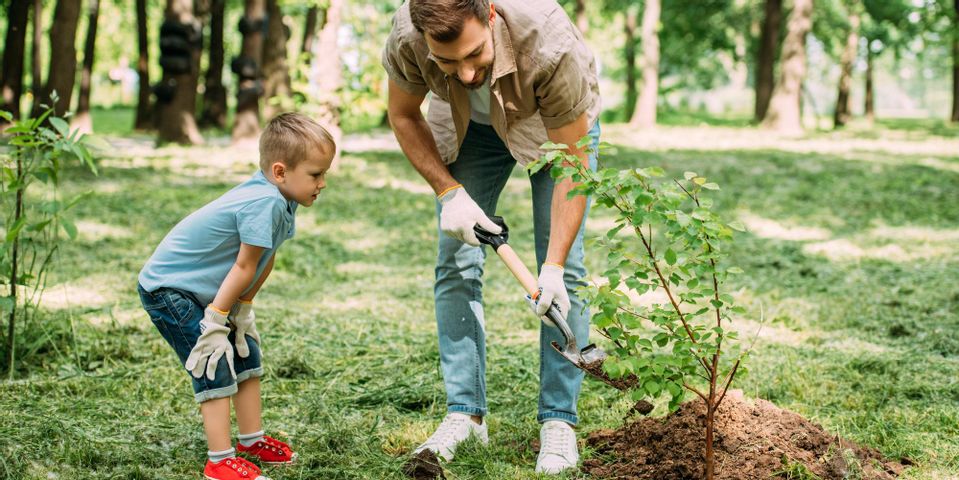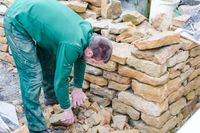Effective Tools for Water Retention Landscaping

Landscaping with trees, stone, and mulch adds an element of design to your outdoor space and is an effective water-retention strategy that reduces stormwater runoff in residential areas. Here are a few notions to consider when working to improve the water-retentive properties of your soil.
Top 5 Tips to Improve Water Retention
1. Trees
Landscaping aside, trees are especially beneficial for managing runoff. Their deep roots act like a filtration system that absorbs and stores water, and their canopies prevent soil erosion from failing rain. Trees like maples, flowering dogwoods, black tupelos, and scarlet oaks are excellent water retainers with root systems that protect against soil loss.
2. Stone
 Using stone in your landscaping—to build out a retention pond, for example—helps retain and trap water. Stones, which can be used where trees can’t be planted, act as a drip irrigation system. When stacked, they slow the fall of water as it makes its way into the soil.
Using stone in your landscaping—to build out a retention pond, for example—helps retain and trap water. Stones, which can be used where trees can’t be planted, act as a drip irrigation system. When stacked, they slow the fall of water as it makes its way into the soil.
3. Mulch
Mulch provides your soil with several benefits. Hardwood bark mulch is porous and thus capable of holding a great deal of moisture. It’s a perfect tool for water retention. Mulches break down over time. As they decompose, they provide food for bacteria in the soil. In addition, long-term use of mulch enhances soil quality and prevents weeds from germinating. Landscaping centers will have lots of options for mulches for residential yards and gardens, including straw, pine needles, and barks, all of which aid water retention.
If you're looking for landscaping ideas that support water retention, look to Lakeview Garden Center & Landscaping in Fairfield, OH. Their knowledgeable and professional team will help you find the lawn-care and gardening tools you need for any job in any season. Visit their website to learn more about their services, or call (513) 829-6624 to speak to with the gardening staff.
About the Business
Have a question? Ask the experts!
Send your question

